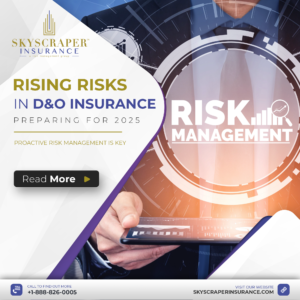There are two main questions in every insurance coverage dispute. First, what are the actual facts that gave rise to the claim? Second, what are the actual words contained in the specific insurance policy provisions relevant to the claim? The facts and words matter because, more often than not, each claim and each policy has differences. And the differences will matter when construing insurance policies in the context of COVID-19 claims.
Why blog about this obvious point? Because as I read the many analyses posted by both policyholder and insurer counsel on whether this policy or that policy provides coverage for losses arising from COVID-19, very few, if any, of these analyses focus on the real issue: the actual facts of the claim and the actual words of the insurance policy.
If we have learned anything over the history of judicial construction of insurance policies it is that, the specific words and actual facts matter. In nearly every state, courts have made it clear that they will look to the plain language of an insurance policy and construe it based on its ordinary meaning. Courts typically reject presumptions and generalizations about insurance policy language.
A prime example of how courts construe insurance policies was succinctly stated by the New York Court of Appeals in In re Viking Pump, Inc., 27 NY3d 244 (2016):
When construing insurance policies, the language of the “contracts must be interpreted according to common speech and consistent with the reasonable expectation of the average insured” (citations omitted). Furthermore, “we must construe the policy in a way that affords a fair meaning to all of the language employed by the parties in the contract and leaves no provision without force and effect” (citations omitted). Significantly, “surplusage [is] a result to be avoided” (citations omitted). Moreover, while “‘[a]mbiguities in an insurance policy are to be construed against the insurer’” (citations omitted), a contract is not ambiguous “if the language it uses has a definite and precise meaning, unattended by danger of misconception in the purport of the [agreement] itself, and concerning which there is no reasonable basis for a difference of opinion” (citations omitted).
So what does this all mean to COVID-19 insurance issues? It means that generalizations about coverage are worth as much as the paper the coverage generalizations are written on. Yes, we can look at prior cases involving business interruption insurance and other forms of commercial insurance that may be asked to respond. And we can review how courts have addressed disease and contagion in the past. And we can see how courts looked at physical damage requirements and draw reasonable conclusions.
But all of this is a bit speculative until we construe the actual language of a real insurance policy that is being asked to respond to a COVID-19 claim and look at the facts of that COVID-19 claim. There are myriad circumstances and language choices that will make a big difference in whether there is, in fact, coverage. So while we all struggle to predict the future by looking at existing precedent, let’s remember that, at the end of the day, it is the actual facts of the claim and the actual words of the contract that control.




